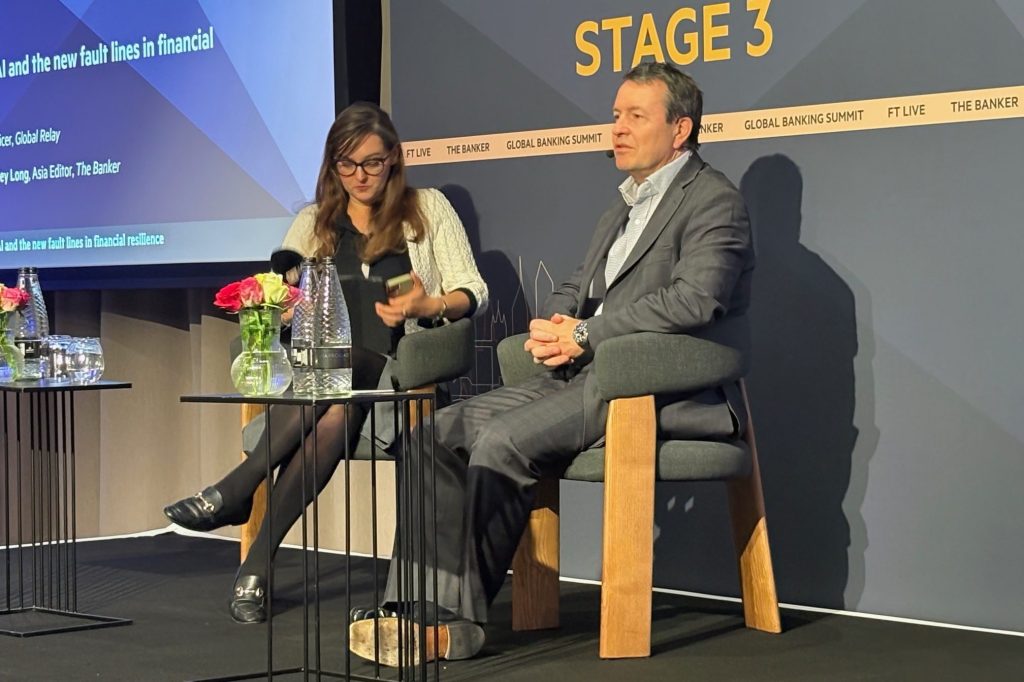On March 14, 2023, the European Commission (“Commission”) published its legislative proposals to reform the EU electricity market in a two-fold way:
- by amending Regulation (EU) No 1227/2011 of the European Parliament and of the Council (REMIT) to enhance the toolbox available to monitor and enforce market integrity and transparency (“REMIT Proposal”), and
Register for free to keep reading.
To continue reading this article and unlock full access to GRIP, register now. You’ll enjoy free access to all content until our subscription service launches in early 2026.
- Unlimited access to industry insights
- Stay on top of key rules and regulatory changes with our Rules Navigator
- Ad-free experience with no distractions
- Regular podcasts from trusted external experts
- Fresh compliance and regulatory content every day












